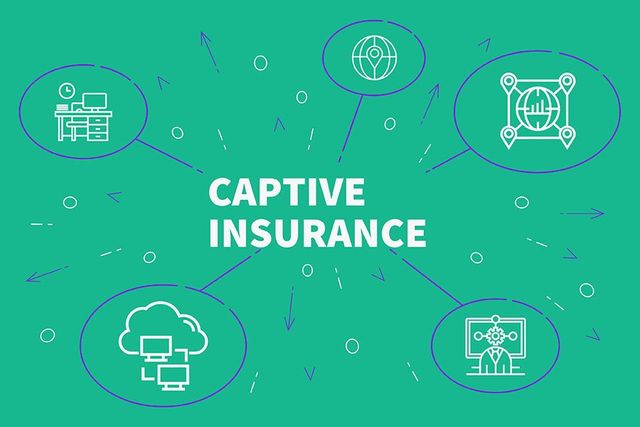What Does Pacific Prime Mean?
Table of ContentsTop Guidelines Of Pacific PrimeThe 9-Second Trick For Pacific PrimeThe Basic Principles Of Pacific Prime The Basic Principles Of Pacific Prime
In a lot of states, the insurance provider is called for to send you a duplicate of the changes to your plan. It is very important that you read Endorsements or Riders so you comprehend just how your plan has actually transformed and if the plan is still adequate to satisfy your requirements. To acquire a duplicate of your insurance plan, please call your insurance representative or company.
The Institute of Medication (IOM) Committee on the Consequences of Uninsurance launches a prolonged assessment of proof that addresses the relevance of medical insurance protection with the magazine of this report. Insurance coverage Issues is the very first in a collection of 6 records that will certainly be issued over the next 2 years documenting the truth and repercussions of having an approximated 40 million individuals in the United States without medical insurance protection.

How Pacific Prime can Save You Time, Stress, and Money.
The goal of this collection of research studies is to refocus policy focus on a longstanding problem. Adhering to the longest financial expansion in American background, in 1999, an estimated one out of every 6 Americans32 million grownups under the age of 65 and greater than 10 million childrenremains without insurance (Mills, 2000).

10 percent of the populace represent 70 percent of wellness care expenditures, a correlation that has actually continued to be constant over the previous three decades (Berk and Monheit, 2001) - group insurance plans. Thus health insurance coverage remains to offer the function of spreading out risk even as it progressively finances routine treatment. From the viewpoint of healthcare carriers, insurance coverage lugged by their clients aids secure a revenue stream, and communities gain from monetarily sensible and steady healthcare practitioners and organizations
Government supplies wellness insurance to populations whom the private market may not offer effectively, such as disabled and elderly persons, and populations whose access to health care is socially valued, such as children and pregnant females. The supreme ends of medical insurance protection for the private and neighborhoods, consisting of workplace communities of staff members and employers, are improved health and wellness outcomes and lifestyle.
The Definitive Guide to Pacific Prime
Staff members rate medical insurance initially without a doubt in relevance amongst all the benefits used in the work environment (Salisbury, 2001). Although there have been substantial investments of individual and public funds to provide wellness insurance, many individuals still have no protection. Despite considerable reporting of study findings and healthcare research study results, the public stays confused and misinformed regarding Americans without medical insurance and the ramifications of doing not have coverage.

Without doubt, the intricacy of American health and wellness care funding devices and the wealth of resources of information add to the general public's complication and skepticism concerning medical insurance stats and their analysis. This record and those that will certainly follow purpose to boil down and present in easily easy to understand terms the extensive research that bears upon inquiries of health and wellness insurance policy protection and its relevance.
Fifty-seven percent of Americans polled in 1999 thought that those without wellness insurance policy are "able to get the treatment they need from physicians and hospitals" (Blendon et al., 1999, p. 207). In 1993, when national attention was focused on the problems of the check this site out uninsured and on pending wellness treatment regulations, just 43 percent of those questioned held this idea (Blendon et al., 1999).

They additionally get less preventative solutions and are much less most likely to have normal look after chronic problems such as hypertension and diabetes. Persistent conditions can cause expensive and disabling complications if they are not well taken care of (Lurie et al., 1984; Lurie et al., 1986; Ayanian et al., 2000). One nationwide survey asked more than 3,400 adults concerning 15 very significant or somber conditions.
See This Report about Pacific Prime
Extra evidence exists later in this phase in the discussion of insurance and accessibility to health care. https://www.openlearning.com/u/freddysmith-sba6sp/. Individuals without wellness insurance policy are young and healthy and balanced and pick to do without insurance coverage. Nearly fifty percent (43 percent) of those checked in 2000 believed that individuals without medical insurance are extra most likely to have health issue than people with insurance policy
Citizens and policy manufacturers in focus team conversations identify those without insurance as youngsters that have the possibility to be covered and feel they do not need it (Porter Novelli, 2001). Compared to those with at least some exclusive protection, the uninsured are less likely to report remaining in outstanding or great health and wellness (Agency for Medical Care Research and Quality, 2001).
RESOURCE: Center for Expense and Funding Studies, Company for Healthcare Research Study and Top quality, based upon MEPS data. Young grownups in between 19 and 34 are much more most likely to lack medical insurance than any other age. This is primarily because they are less often qualified for employment-based insurance coverage as a result of the nature of their work or their short tenure in it.
The perception that individuals without insurance have better-than-average health follows from puzzling the relatively young age profile of the without insurance with the far better health, typically, of more youthful persons. This obscures the link between health standing and medical insurance. For those without accessibility to office medical insurance, bad wellness is a possible barrier to purchasing nongroup protection since such insurance coverage might be very valued, omit pre-existing problems, or be simply unavailable.